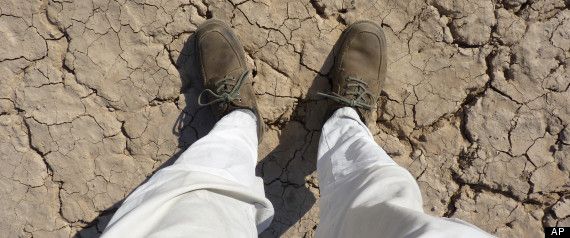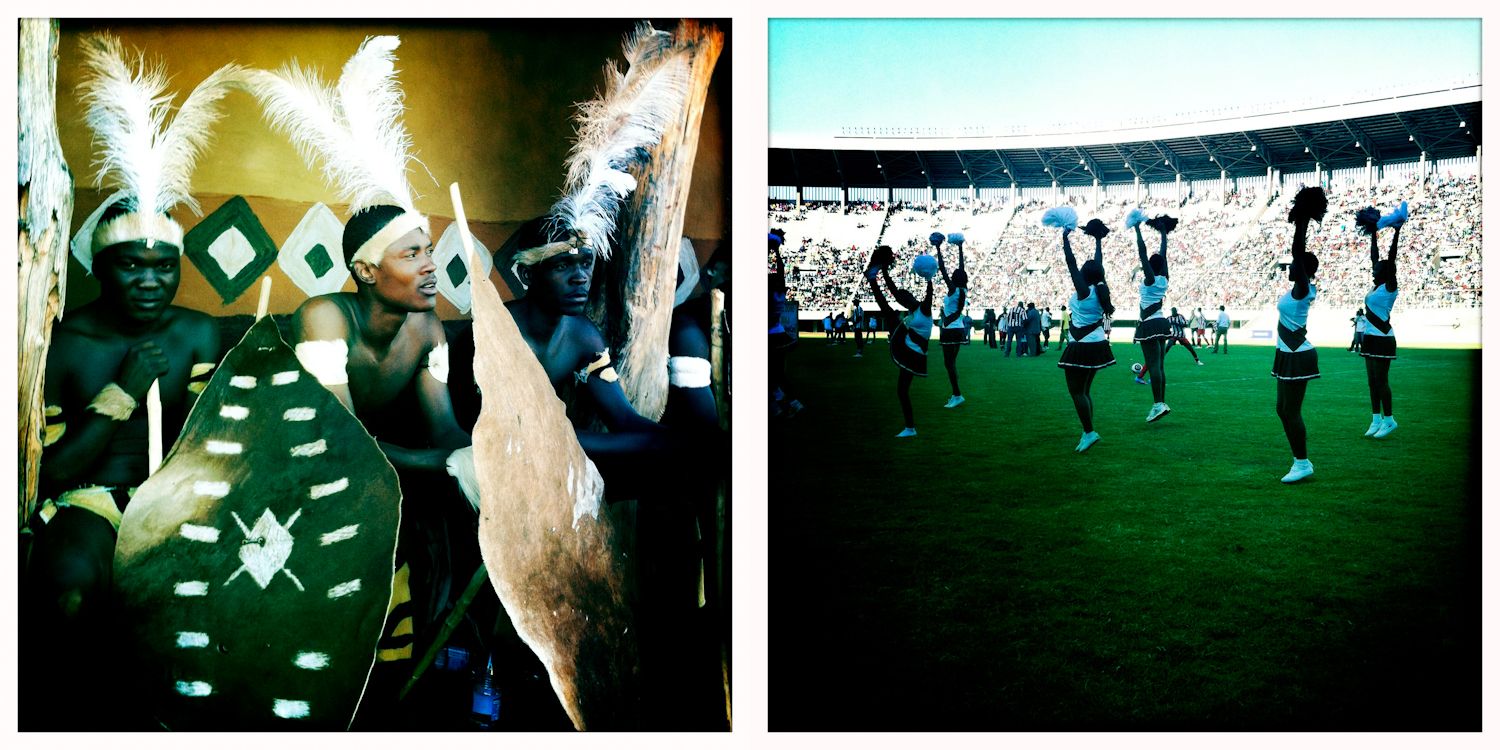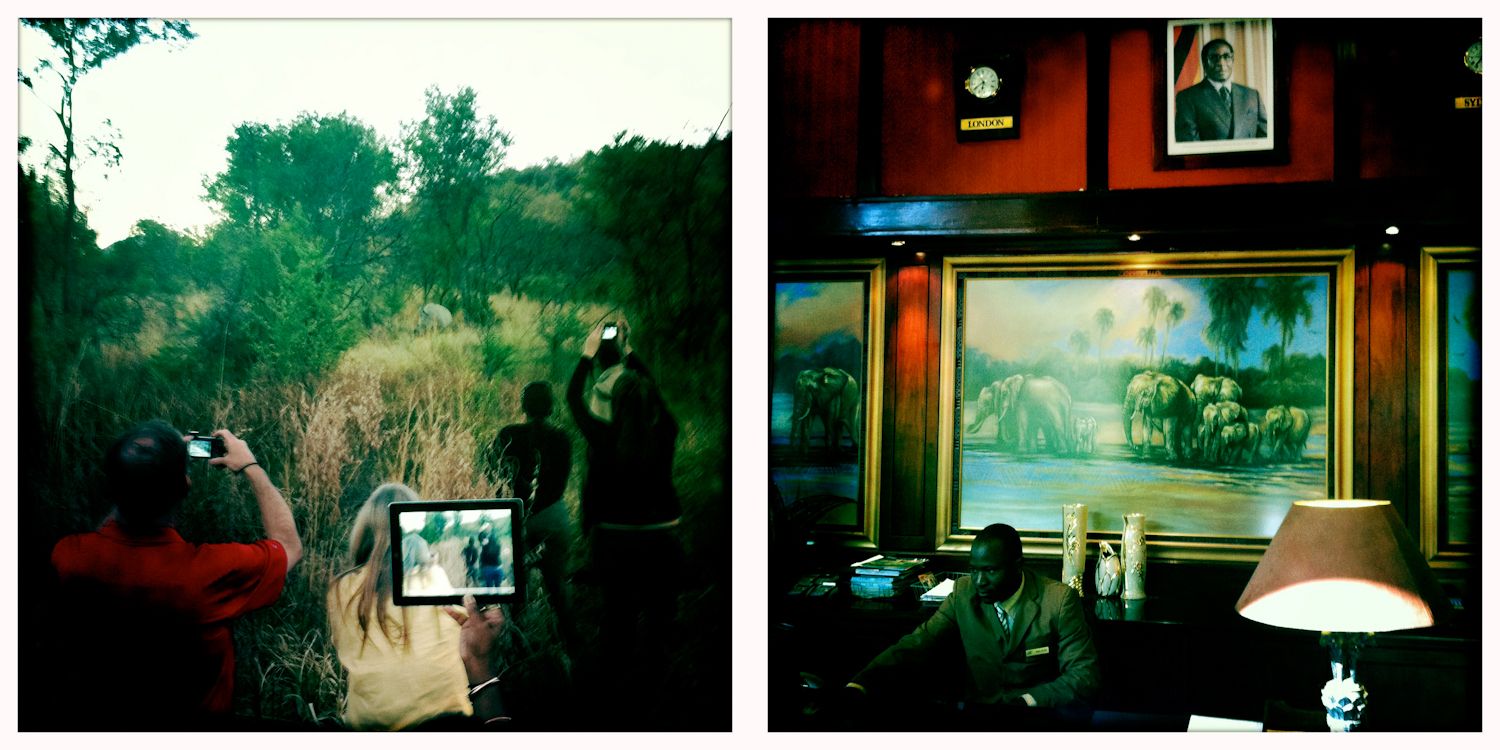Standards:
CCSS.ELA-LITERACY.RH.6-8.5: Describe how a text presents information (e.g., sequentially, comparatively, causally).
CCSS.ELA-LITERACY.SL.6-8.1: Engage effectively in a range of collaborative discussions (one-on-one, in groups, and teacher-led) with diverse partners on grade 6-8 topics, texts, and issues, building on others' ideas and expressing their own clearly.
Objective:
You will gain an understanding of what journalism is and why it is important while exploring various and differing sources, learning and describing different ways information can be presented.
Warm-up:
1. Provide thoughtful and well-written answers to the questions in this survey.
2. Click on the Responses tab. Read responses (skip the names, cities, age, and teacher information). Teachers click on individual responses to view student work.
- How are other student responses similar to yours?
- How are other student responses different than yours?
3. Discuss the following with a partner:
- Your thoughts and opinions on the survey questions.
- Any patterns you noticed in the responses.
4. Create a Journalism folder in Google Drive. Share the folder with your teacher.
Section 1: Explore your world through journalism
1. Watch the video What is Journalism?
2. In your Journalism folder create a document to take notes. Journalism Notes could be a possible title for the document.
3. Write down what you learned from the video. Rewatch if necessary and add notes.
4. If possible on your devices at home or at school, download and play TB2: Mali’s Ancient Manuscripts. Download information and general beginning directions can be found here.
5. Add what you learned from playing TB2 in your notes.
6. Create a class definition of journalism and hang in the classroom. We will be adding to this definition as we go along.
7. Create a new document in your Journalism folder called News Resources.
8. Explore 5 or more different news resources. Write down notes and observations from each site. Provide the name of each site and the link in your notes. Creating a table would be a good way to organize your notes.
- The Pulitzer Center on Crisis Reporting
- National Geographic
- Newsela
- The New York Times
- Sports Illustrated
- Streetwise
- The Chicago Tribune
- The Atlantic
- CNN Student News
- The Wall Street Journal
- Other news sources
9. Sit with a partner and your notes. Together explore, discuss, and takes notes on the following sites:
10. When complete, switch to a new partner. Take your time to really explore, discuss, and take notes on the following:
- Everyday Africa on Instagram and Everyday Africa on Tumblr
- Fatal Extraction: Australian Mining in Africa Contains some sensitive content
- Out of Eden Walk
- Circus Without Borders
11. Discuss what you learned about these journalism projects as a class.
Section 2: Summarize and share your learning
1. Add new learning to posted class notes.
2. In your journalism folder, create a document and write about why journalism is important. Include why it is important for you personally, as well as why it is important to others.
3. Discuss why journalism is important. Create a list and post in the classroom. Add to this list as new ideas come up.
4. As a class, tweet what you have learned about journalism and why it is important using the #journalism, #edchat, and #8thchat (or your grade level) hashtags
Next step:
This week, notice different sources of news you come across. What works for you? What doesn’t? How can engaging with the news sources become a part of your daily or weekly routine?
The purpose of this lesson is to introduce students to journalism and teach them to blend narrative and informational writing to eventually create their own news stories. The lessons in this series are very loosly based on Writing Pathways by Lucy Caulkins.
To prepare for this lesson it is helpful to download the Pulitzer Center's TB2: Mali's Ancient Manuscripts ahead of time by clicking here.













